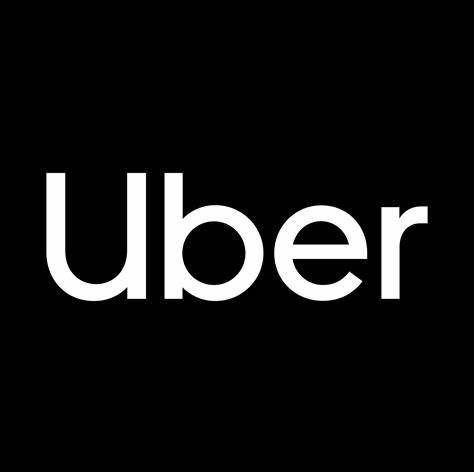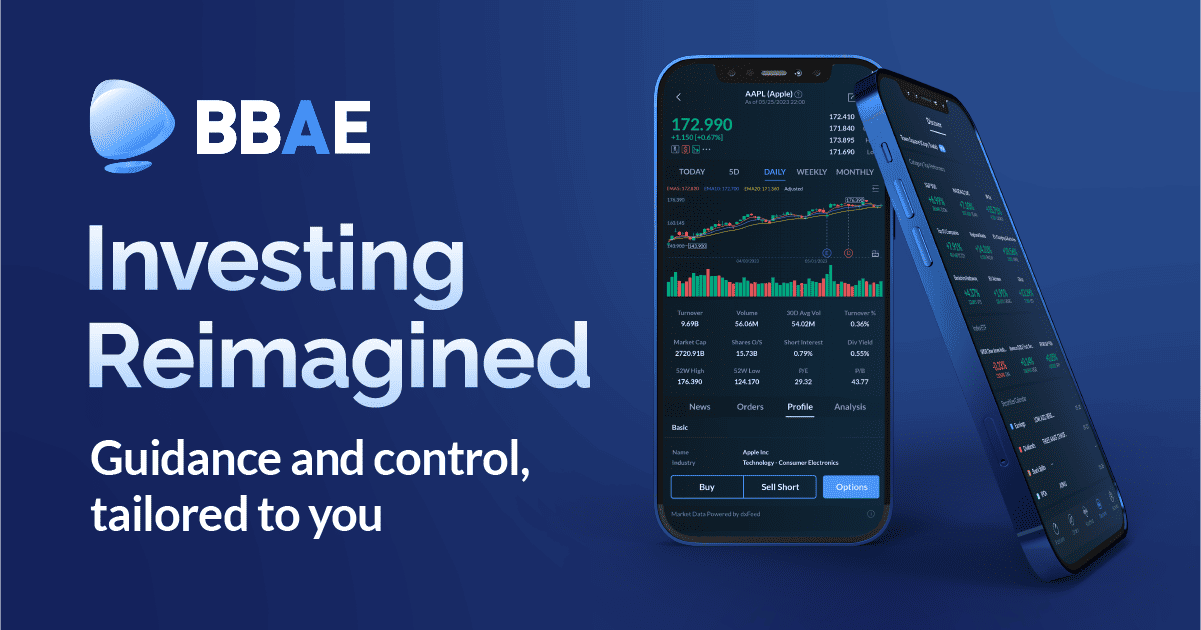Uber (UBER) – Investor Day – February 17, 2024

This event walked investors through the structural advantages that Uber has leveraged to distance itself from the competitive pack. Consistent readers have been hearing many of these ideas from me for the last year, but it’s always nice to hear the bullishness reiterated by a candid leadership team. Let’s dig in.
How We Got Here:
Uber’s founder, Travis Kalaniak, was a bit of a crazy person. His mentality was to essentially to “buy growth” at any cost to achieve scale. He ignored profitability, relied heavily on a low interest funding environment and built a massive book of business. He also built a cash incinerator. Three years ago, Dara Khosrowshahi was brought in to turn this sky-high potential business into a lean, mean, fighting machine. Travis built the scale, driver supply, and verb-fueled ubiquity that made Uber special. Khosrowshahi took that massive book of business, streamlined costs, accelerated market share gains and delivered the current margin explosion. Under Khosrowshahi, Uber is growing up.
The two operators are perhaps polar opposites in their approaches to running a business; both have been vitally instrumental (in highly different ways) in getting Uber to this point. The mad man jump started the growth engine; the operator perfected it.
Product Breadth & UberOne:
Uber’s ability to cross-sell more products than its customers means its customer acquisition cost (CAC) is lower than everyone else’s. Adding a second product to a consumer’s monthly routine, for example, lowers its average CAC by 50%. 34% of its monthly active users (MAUs) now consume multiple Uber products vs. 21% as of its 2021 investor day. These consumers spend 240% more on average than single product users. Notably 31% of its new delivery customers come from mobility (i.e. ride sharing) and 22% of first time mobility users from its delivery app. This promising trend makes Uber’s growth very efficient.
Higher lifetime value (LTV) paired with lower CAC leaves us with a book of business at better margins and with more margin upside than any competitor.
Summary of the playbook:
- Delight customers with lower surcharge rates and wait times than others (thanks to its leading driver scale).
- Give these customers more reasons to use Uber with its more diverse use cases.
- Tie all of the utility into its UberOne subscription to drive the more valuable, more efficient, more successful marketplace. Speaking of UberOne:
UberOne members deliver an even larger spend advantage vs. multi-product users and the subscriber base crossed 19 million in total this quarter. The subscription now represents 30% of its total volume, and as that grows, engagement rises and revenue quality rises with it. Data scale also increases as it collects data from more highly engaged members. That sharpens Uber’s discovery algorithms. The sharpening allows it to surface the right promotion/advertisement and to optimize incentives.

from the presentation
The structural advantage of Uber’s business offering also extends to its driver supply. Retention and engagement both get large boosts for drivers fulfilling mobility and delivery requests. Maybe that’s why the majority of workers prefer to drive for Uber vs. others. Or maybe it just comes down to more demand and less down time.

from the presentation
Shared Tech Infrastructure:
Uber has 150 million MAUs for a massive base of built-in traffic. This is why it seamlessly launches new products basically every quarter and sees most of them race to $1 billion+ in volume so quickly. Importantly, about 75% of the infrastructure needed to stand-up a new product comes from shared, existing engineering resources and products. This is a powerful infrastructure network effect that mimics its driver and consumer network effects. It significantly cuts product launch cost and time and allows new offerings to utilize all of the data and learnings that the existing, scaled products have available to offer.
All of its microservices (like fraud or payments or customer service) making up its tech stack were also built on the shared infrastructure. This means each piece borrows value from the others in a “better together” fashion. Unsurprisingly, this pulls from Uber’s work and partnerships within AI models. Its leading first party data scale allows these models to be more effectively seasoned while Uber’s backend allows this seasoning to foster value creation across all use cases.
Mobility Highlights:
30% of Uber’s mobility trips are non-UberX trips vs. 15% as of 2021. It’s effectively rounding out the mobility suite to cater to all communities from frugal to affluent. Its Moto service, for example, is 50% cheaper per mile than UberX and is gaining rapid momentum in India and Brazil. On the other end, its Reserve product is allowing it to finally penetrate affluent suburban areas where 75% of those requests originate. Uber has a leading category position in all 10 of its largest markets and almost every one of its top 70. Tools like upfront fares, earnings heatmaps and safety features continue to push more drivers to Uber than anyone else. Again, Uber’s product suite, paired with best-in-class service, keeps that supply lead growing.
- In 2021, it spoke about difficulty entering Spain, Germany, Korea and other important markets. Fast forward to today and those markets are now “rocking” as they cross a $3 billion volume run rate for 2023 vs. $1 billion in 2021.
- Despite all of the success to date, leadership sees mobility as in the early innings. Penetration is still under 20% of eligible adults in its most mature markets; 90% of airport rides still aren’t using Uber; Uber for Business (and its 170,000 customers) is just 10% penetrated in its serviceable addressable market (SAM); Uber for Teens is still brand new. The runway is still very long.
Delivery Highlights:
Uber now has a top share position in 7 of its 10 largest markets and took market share in all ten of them in 2023. Since 2021, this business has gone from -$600 million in EBITDA to $1.5 billion in EBITDA while compounding at a rapid clip. The biggest growth opportunity for delivery (aside from being only 15% penetrated in its SAM) is to transition annual users to monthly users. Just 35% of annual users order from delivery at least monthly. The other opportunity is better custom service as it looks to build on its 25% Y/Y reduction in incomplete delivery trip rate.
Notably, 14% of its delivery customers are now using grocery and retail vs. 8% in 2021. Users of both spend 3x what users of one product spend as Uber seamlessly upsells a bottle of wine with dinner, for example. This cross-selling, along with better efficiency, AI investments and more scale, led to the profit explosion for the segment. Consumer incentives are down; cost per trip is down; consumer fees as a percent of basket size are down; all costs are down.
The Business Platform:
- Uber Direct (white label fulfillment service) for businesses has compounded volume at an 87% clip since 2021. It has welcomed McDonald’s, Apple, Walmart and many other brands to what it calls its “most nascent bet.”
- Retailers are increasingly utilizing it to offer free rides for their power shoppers.
- Healthcare systems are using it for non-emergency transportation.
- It’s now at 100 million annualized trips.
- The $900 million advertising business is poised to morph into a “multi-billion dollar business.” Uber has fantastic customer data on where they want to go and what they want to get. This precisely guides targeting to deliver Uber’s 8x return on ad spend. Ad revenue will be very margin accretive.
- Dara teased entering “more adjacencies where we think we have a strong right to win” in enterprise services and advertising.
The Financial Targets:
Now… onto what we were all waiting for… robust multi-year financial targets. These targets simply reiterate how special Uber is. There are not many that can compound the top line at a near 20% at this scale and with this margin trajectory.
First and foremost, Uber announced the buyback it has been teasing for almost a year. Its balance sheet is quickly entering investment grade credit status and its cash flow printer is fully turned on. Furthermore, it has $6 billion in investments that it will look to partially liquidate over time to build the cash pile further. So? It announced a $7 billion buyback. CFO Prashanth Mahendra-Rajah told us the buyback would initially offset dilution as it ramps to a point of consistently shrinking share count.
For the next three years, Uber guided to a “mid-to-high teens” volume CAGR vs. 14.8% CAGR expectations. It guided to a “high 30% to 40%” EBITDA CAGR vs. 36.5% CAGR expectations. Finally, it conservatively guided to $9.6 billion in 2026 FCF vs. $8.2 billion consensus. This FCF estimate assumes 90%+ EBITDA to FCF conversion means 90% and that the EBITDA CAGR assumption means 38%. These targets put a large smile on my face.
One more interesting note. In the presentation, Uber proudly proclaimed that it has “met or exceeded bookings and EBITDA expectations for 8 straight quarters.” This tells me how closely they watch consensus estimates and how intentionally they only set targets they can beat. They know exactly what the street wants from them.
In conclusion, this was a great showing. Enough said.











